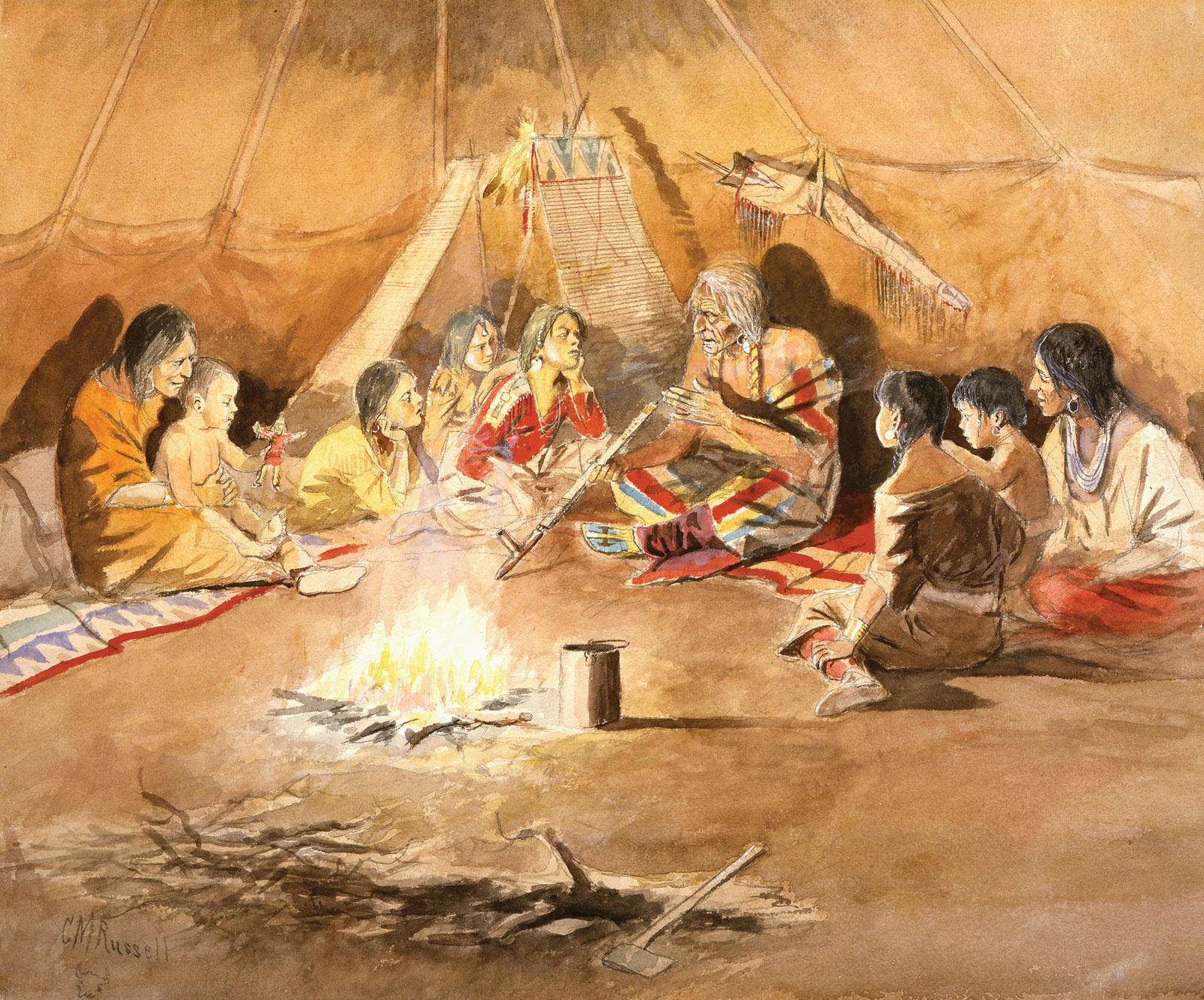The importance and influence of Indigenous storytelling
The stories passed on from one generation to the next preserve history, teach lessons, and inspire a new generation to remember those that came before.
As children, we all looked forward to story time. Stories were a way for us to travel far away, to lands that we could only imagine in our dreams. As we grow up, it often seems like the art of storytelling slowly fades away.
In Indigenous culture, storytelling is crucial—even as people grow older. The act of telling stories is encouraged and taught as an art. Stories are used to teach lessons, inspire dreams, and entertain people.
Indigenous narratives are used to inform generations about the historical pasts of their ancestors. Every story has a moral that transcends the narrative to teach a lesson, while also maintaining a personal attachment with the storyteller. The bonding effects of storytelling are fundamental to Indigenous cultures.
Storytelling is used to inspire. Indigenous stories are passed down from generation to generation to teach essential life lessons to the community’s young people. These types of narratives vary—but generally provide historical recounts through stories about land, animals, and spiritual morals. Some of these tales have managed to keep their accuracy for 300 generations. Through a process called “cross-generational cross-checking,” Indigenous stories have maintained their purity. As part of this procedure, the Elders ensure that stories are understood and coherent before they can be retold.
Generally, Indigenous stories have non-linear narratives—meaning that there isn’t a specific beginning, middle, or end. Since these stories are often told orally over many lifetimes, they have multiple meanings and interpretations. Oral traditions have also been used for survival purposes. Through the act of storytelling, communities learned about when and where to find certain foods and how to prepare meals.
Indigenous storytelling is an art because of the voice it holds. The stories represent identity and culture. In an interview with the Banff Centre for Arts and Creativity, Reneltta Arluk, an Inuvialuit, Cree, and Dene performing artist, explains that stories are a form of teaching. She places importance on the idea that when we learn from our own teachings, we become one with them.
Finally, traditional Indigenous regalia takes influence from storytelling. Often worn during big gatherings or ceremonies, these clothing items are mainly worn by the chiefs or spiritual leaders. The materials include woven textiles, headbands, arm bands, and moccasins. Each item can be made from a variety of materials—such as eagle feathers, cotton, buckskin, beads, and ribbons. Varying based on cultural practices, these clothing items signify personal and cultural identities that tie back to ancestorial stories.
Storytelling empowers Indigenous voices. By preserving their stories and expressing themselves through art, Indigenous Peoples remind listeners of their strength and resilience. These stories belong to them, and they should be heard, remembered, and learned from.

